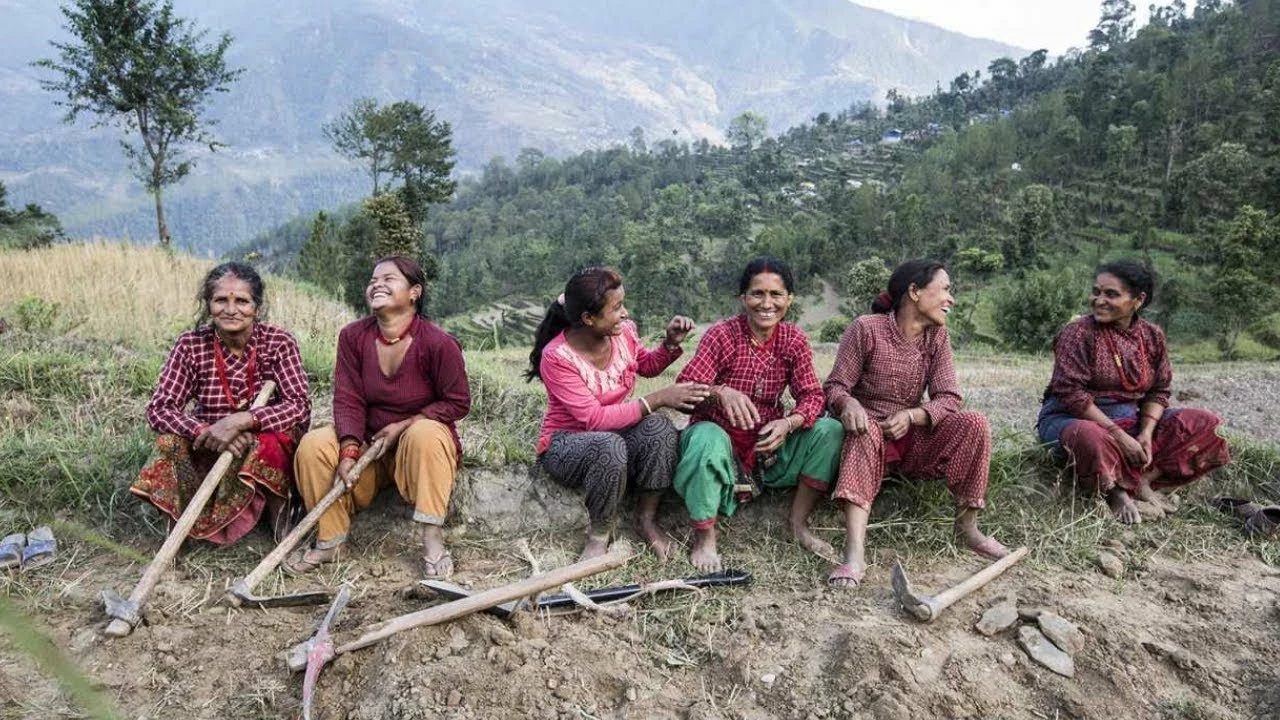Nepal Culture: Dive Into Traditions, Festivals, and Everyday Life
If you’ve ever wondered what makes Nepal so colorful, you’re in the right place. From mountain villages to bustling cities, Nepali people keep ancient customs alive while adding modern twists. This page gives you a quick look at the everyday stuff that defines Nepal’s culture and why it matters to anyone curious about the country.
First off, Nepali culture is a mix of many ethnic groups. Each group brings its own language, dress, and rituals. That’s why you’ll hear terms like "Gurung," "Newar," and "Tharu" in the same conversation. The mix creates a lively atmosphere where neighbors often share food, songs, and stories during festivals or simple gatherings.
Common Traditions and Customs
One of the most familiar customs is greeting with "Namaste" – palms pressed together, a slight bow, and a warm smile. You’ll see it at homes, markets, and tourist spots. It’s more than a hello; it shows respect and goodwill.
Family life in Nepal often means living in extended households. Grandparents, parents, and children share a roof, cook together, and celebrate holidays as a unit. This close‑knit setup helps pass down values like respect for elders, hospitality, and community care.
Food is another cultural pillar. Dal‑bhat (lentils with rice) is the daily staple, usually served with pickles, vegetables, and sometimes meat. When guests visit, hosts will proudly bring out a big bowl of dal‑bhat as a sign of welcome. Trying it at a local home gives you a taste of everyday Nepali life.
Music and dance are woven into most events. Traditional instruments like the madal (drum) and sarangi (string) create rhythms that get people moving. Even in modern clubs, you’ll hear the same beats blended with pop sounds – a clear sign of tradition meeting today.
Festivals You Can’t Miss
Nepal’s festival calendar is packed, and each celebration tells a story. Dashain, the biggest festival, lasts 15 days and honors the goddess Durga. Families clean their homes, receive blessings, and enjoy feasts with meat, sweets, and new clothes. The highlight? A dramatic kite‑flying competition that lights up the sky.
Another favorite is Tihar, the “Festival of Lights.” Homes are decorated with oil lamps, candles, and colorful rangoli designs. On the first day, we worship dogs, recognizing their loyalty. The second day honors cows, and the third day celebrates Laxmi, the goddess of wealth. The final day, Bhai Tika, sees sisters applying a special tikka mark on their brothers’ foreheads for protection.
For those interested in Buddhist culture, Buddha Jayanti marks the birth, enlightenment, and death of Buddha. Monasteries hold chanting sessions, and people release lanterns into the night sky, symbolizing the spread of light and peace.
Each festival brings families together, offers chances to try special foods, and lets you see traditional clothing at its best. Whether you join a street parade or sit in a quiet temple, you’ll feel the community spirit that defines Nepali life.
Want to keep up with new stories about Nepal’s culture? Max Daily News covers everything from travel tips and food guides to deep dives on heritage sites. Bookmark this page, and you’ll always have fresh, reliable info about the country’s ever‑evolving yet timeless traditions.
So, next time you think about Nepal, picture more than just mountains. Picture warm smiles, fragrant kitchens, rhythmic drums, and festivals that light up entire towns. That’s the real heart of Nepal’s culture, and we’re here to share it with you.

What is it like to live in Nepal?
Living in Nepal is like having a constant party in your senses! Every day is a kaleidoscope of fragrant spices, vibrant colors, and chatter in dozens of languages. You'll find yourself hiking up mountains one day, and exploring ancient temples the next - it's like being in a real-life Indiana Jones movie! The people? Oh, they're the warmest, friendliest folks you'll ever meet, always ready with a smile and a cup of Chai. Nepal, with its rich culture, stunning sceneries and thrilling adventures, is like a spicy momo dumpling - full of surprises and absolutely delightful!
Read More